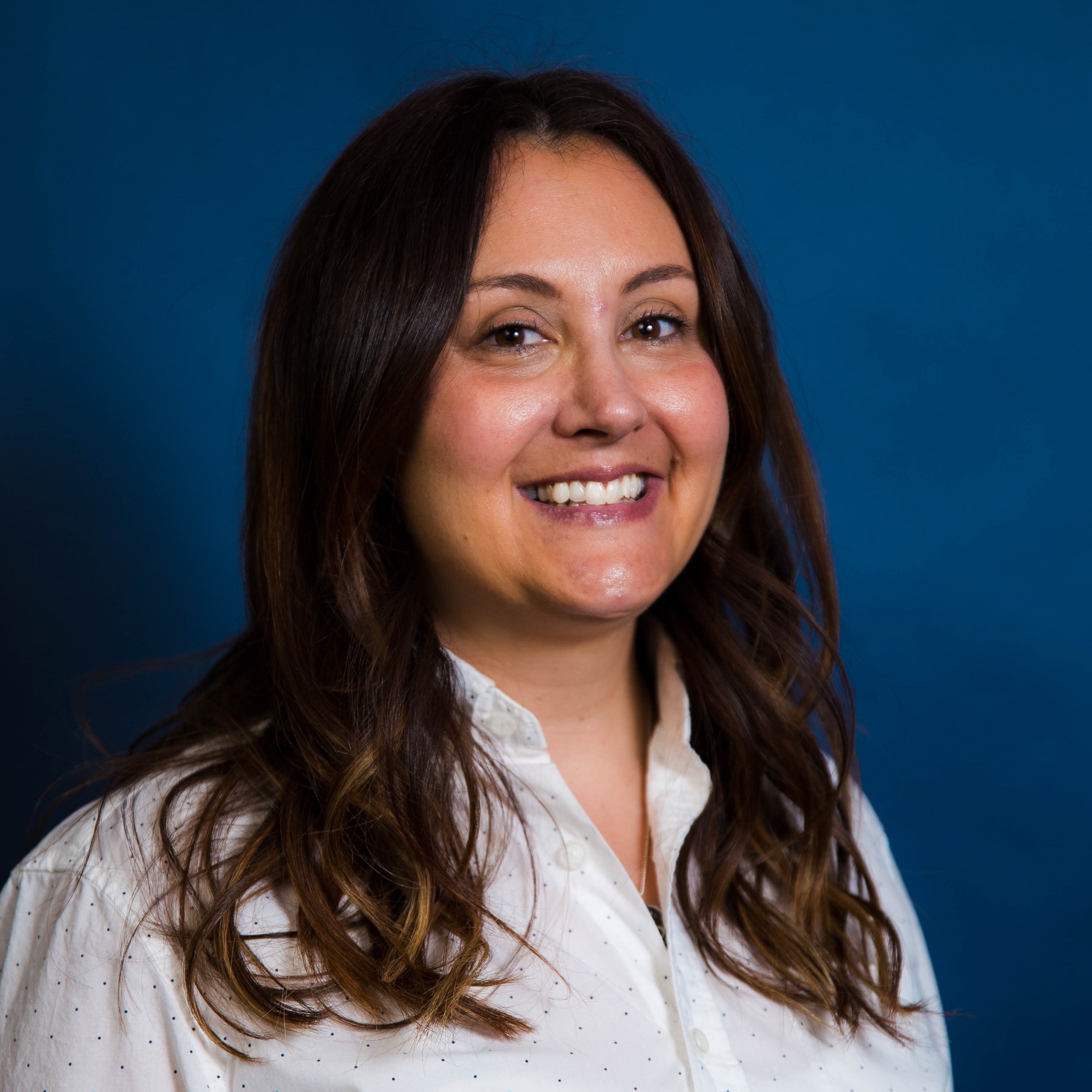With ACA open enrollment fast approaching, make sure you’re up to speed on essential updates, including HealthSherpa developments and legislative changes.
Our ASG Podcast host, Sarah J. Rueppel, sat down with Ross Baker, HealthSherpa’s Senior Agency Account Manager, to discuss HealthSherpa and key changes that will impact how marketplace agents do business. HealthSherpa is the ACA’s largest quoting and enrollment platform and has been pioneering the marketplace for over 10 years.
To learn more about HealthSherpa and ACA updates, listen to the full interview on the ASG Podcast:
For the agents [who] aren’t as familiar with the ACA, what is HealthSherpa?
HealthSherpa is [a large and fast-growing] individual health coverage exchange in the United States. We help agencies and brokers simplify access to health plans for both the federal and, starting soon, state marketplaces.
How [and why] does an agent typically use HealthSherpa?
HealthSherpa’s core value proposition for agents and agencies is having a centralized location and platform to quote, enroll, and manage your ACA books of business.
Depending on how long people have been in the ACA space, they may remember the days when everything was written through HealthCare.gov. The problem with HealthCare. gov is [that] it’s designed to be a consumer enrollment website. When the ACA launched, everybody thought people were just going to go on to HealthCare.gov and buy health insurance on their own [but it’s too complicated].
Now that the ACA market’s a little more mature and developed, we understand that about 78 percent of all enrollments [last year] are driven by agents and brokers. That number has been going up exponentially the past few years.
HealthSherpa provides that CRM or centralized database to manage ACA clients … One of the key advantages to our specific application is we’re able, through CMS-approved changes, to reduce the application from about 57 pages on HealthCare.gov to about 25 pages on HealthSherpa … creating a more dynamic application experience. That cuts the average time to complete an application on HealthSherpa down to about seven and a half minutes. It’s usually 20 to 25 minutes on HealthCare.gov.
Now that the ACA market’s a little more mature and developed, we understand that about 78 percent of all enrollments [last year] are driven by agents and brokers. That number has been going up exponentially the past few years.
Can you talk a little bit about the difference between the two experiences [enhanced direct enrollment versus direct enrollment platforms]?
Direct enrollment entities were the first version of being able to quote and have a shopping experience off of HealthCare.gov. You were able to run quotes, look at plans, and do what is typically referred to as a double redirect … [where] the agent would start the shopping experience on the direct enrollment site [and then] click out to go to HealthCare.gov to actually complete the application and process the enrollment. Then, depending on the direct enrollment entity, they may or may not be able to click back to that site and pull in the application data.
[An enhanced direct enrollment entity] (EDE) is allowed to host the entire application experience right on their site or their web app. So, instead of this kind of clunky [process] … It’s a much more seamless, streamlined experience.
Let’s talk a little bit about some of the changes that are coming to the ACA open enrollment period [this year].
Traditionally, states that have their own state-based exchange could have a little leeway in how and when they operate … This latest round [of changes] said we want you to, at a minimum, be open from November 1 to January 15. If individual states … want to expand those dates or have longer OEPs, that’s fine.
Can you talk about the difference in re-enrollment requirements for clients who have catastrophic coverage a little bit?
The new rule [states] that catastrophic coverage will now renew [passively] the next plan year into another qualified health plan. If that client is no longer eligible for catastrophic coverage, it’s going to put them into a plan with the same carrier at, I believe, the same network type but at the lowest level coverage, likely a bronze plan.
If you do have a book of business on catastrophic plans … that’s probably A) a relief that you’re not having to actively renew all of these clients and also B) something to watch as they’re aging out of eligibility for those plans. It’s probably a shopping opportunity to get them into a better plan than just the lowest cost bronze.
The next change was established through the Inflation Reduction Act. Can you talk a little bit about the federal poverty level (FPL) Special Enrollment Period (SEP) extension?
If any member or household is operating at 150 percent or below the FPL and eligible to enroll in ACA coverage, they’re going to have, essentially, a year-round SEP. If we look at states that have not expanded Medicaid, generally households from 100 to 150 percent of the FPL are going to be eligible for this year-round SEP. In Medicaid-expanded states, it’s usually going to be [those households from] about 138 to 150 percent of the FPL that will be eligible to enroll.
There’s also somewhat of a valid argument that [the year-round SEP is] a little excessive and maybe driving a lot of the unauthorized plan switching that [we have] seen grow in the past few years.
Can you talk about that for a little bit? Because … there were a lot of changes made to the enrollment process to cut down on the potential for those fraudulent switches to take place.
When we talk about unauthorized plan switching … I always think it’s important to [distinguish] between unauthorized plan switching, which equates to fraud, versus authorized plan switching, which is competitiveness between agencies and agents.
The vast majority of the plan switching going on [is authorized]. What I would call a non-consensual enrollment is more in the one percent range across the industry … Because of the national attention in the media that [unauthorized switching] gained the ACA, CMS had to act quickly. That’s when they introduced the invalid action error … over the summer [July 19, 2024].
CMS blocked any NPN switches across all EDE platforms; they effectively stopped all plan switching. Right now, the only option, if you’re trying to change the NPN associated with an application, is to engage the client and get them on a three-way call with the marketplace. What happened with this system change by CMS is, a lot of consumers got locked into a plan or an agent that they didn’t want to be locked into or didn’t even know they had at times. There’s been a lot of growing pains over the past two and a half months.
CMS and HealthSherpa are working on getting an EDE solution on HealthSherpa where, instead of doing a three-way call with the marketplace, the agent will engage the consumer via a consumer enrollment link … There’s definitely concern with the marketplace’s ability to handle call volume during Open Enrollment.
Is there anything else new or exciting coming to HealthSherpa for plan year 2025?
Definitely. One of the most exciting new developments is Georgia becoming a state-based exchange officially on November 1. This past year, they were state-based but using the federal platform [SBM-FP]. Georgia Access is the first state-based exchange to be fully integrated with EDE partners. HealthSherpa is one of those partners. We’re fully integrated with the Georgia state-based marketplace … That application, when you submit it, will go to Georgia Access instead of the federal marketplace.
Could we see that potentially modeled for other states in the future?
That is the hope … There [are lots of] moving pieces to selling in all these different exchanges. Being able to have one unified experience for the agent … is really the key to helping maintain that level of growth that we want to see in the ACA.
Familiarize yourself with these key changes before the ACA OEP and listen to the full podcast episode for further details. Additionally, register with Ritter and get support from our dedicated ACA team who can help you navigate the marketplace and reach new prospects!
Editor’s Note: This article is based on an episode from our ASG Podcast. We have modified content from the original recording. To listen to the full episode, visit RitterIM.com/podcast.








Not affiliated with or endorsed by Medicare or any government agency.
Share Post